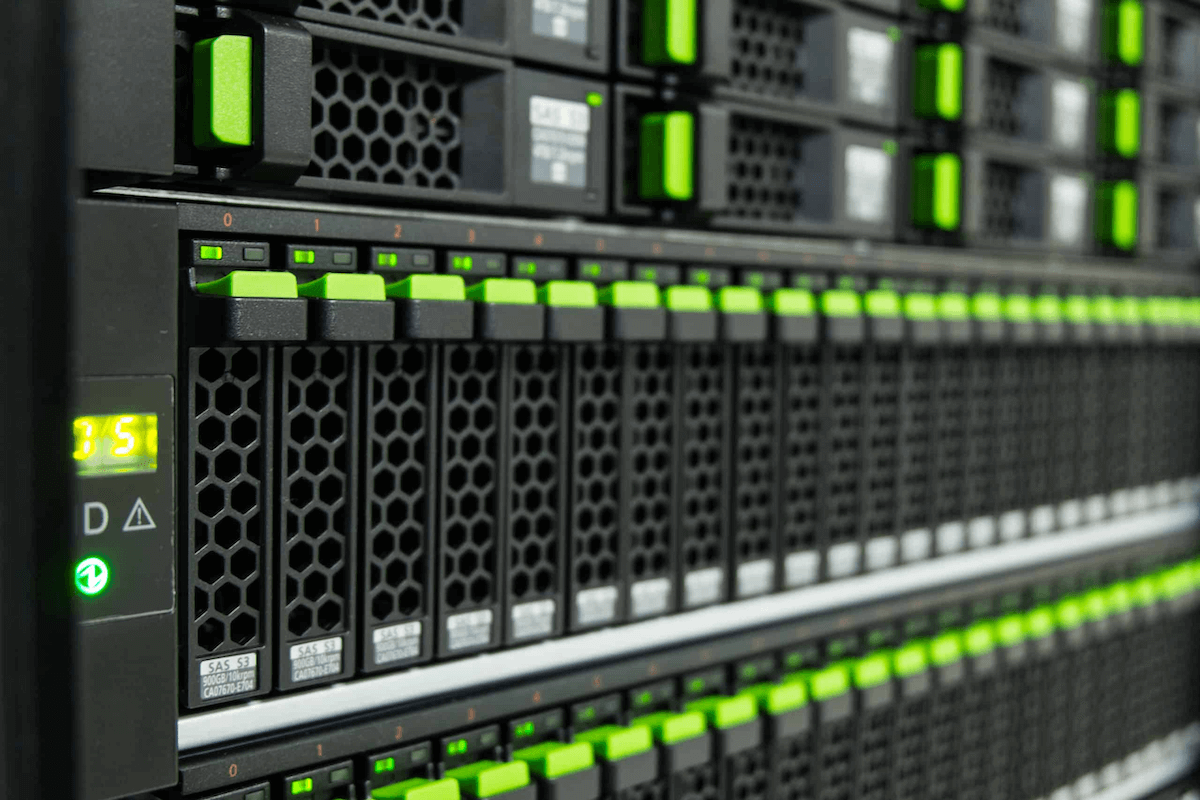RAID arrays, why are they needed, what types of them exist?

RAID Array — What Is It?
RAID arrays are data storage systems designed to provide high reliability and performance for servers. There are several types of RAID arrays, each with its own features. One of the most common types is RAID 5, which offers high reliability and speed by distributing data across multiple hard drives.
RAID Arrays and Their Classification (Types of RAID Arrays)
RAID arrays remain one of the most popular and effective methods of data protection on servers, and when used correctly, they can significantly improve the reliability and performance of your system. Why is RAID needed? The answer is simple — to protect data from loss in the event of a hard drive failure. RAID disk arrays are a technology that combines several physical drives into a single logical drive to improve performance and data protection. The types of disks in a RAID array can range from SATA to SAS, as well as SSD and NVMe.
A RAID system is a group of drives combined into a single system to increase performance, storage capacity, and/or fault tolerance. Types of RAID arrays include RAID 0, RAID 1, RAID 5, RAID 6, RAID 10, etc. Each RAID type provides a different level of performance and data protection, and the choice depends on the specific system’s requirements.
Classification of RAID Arrays:
- RAID 0: Uses two or more disks to increase performance, but does not provide data protection;
- RAID 1: Uses multiple disks for mirrored data storage, providing high reliability but lower storage capacity;
- RAID 5: Uses at least three disks, distributing data among them to provide high reliability;
- RAID 6: Uses at least four disks, providing high reliability and the ability to preserve data even if two disks fail;
- RAID 10: Uses four or more disks, combining multiple RAID technologies to ensure high reliability and performance.
How to determine the type of RAID array? You need to check the storage settings on your server. Additionally, special software tools can analyze RAID array configurations.
RAID Arrays for Servers
Comparing RAID arrays helps select the optimal solution for a server. RAID 6 provides high reliability and performance but requires more disks than RAID 5. RAID 0 provides maximum performance but offers no protection against disk failures. RAID 1 and RAID 10 provide high reliability but have limited storage capacity.
How to Choose a RAID Array for Your Server
To determine which RAID is best suited for a specific server, you need to analyze the server’s requirements and assess available budget and technical options. Special software can also be used to analyze RAID configurations and get information on current storage settings.
For example, if you need high read/write speed and protection against disk failures, the optimal choice is RAID 5 or RAID 6. RAID 6 provides higher reliability but requires more disks compared to RAID 5.
If maximum performance is needed without disk failure protection, RAID 0 is the optimal choice. However, keep in mind that RAID 0 distributes data without duplication, increasing the risk of data loss if a disk fails.
For high reliability and performance, RAID 1 and RAID 10 are also suitable. RAID 1 mirrors data across two disks, providing strong protection against failures but with lower storage capacity. RAID 10 combines multiple technologies to ensure both high reliability and performance.
Advantages and Disadvantages of RAID Arrays
RAID arrays are one of the most common methods for organizing server storage. They provide high reliability and performance by distributing data across multiple disks. However, RAID arrays also have disadvantages.
Main Advantages:
- High data reliability through storage across multiple disks and special distribution algorithms. If one disk fails, data can be recovered from the others, ensuring strong protection;
- High read and write speeds due to distributed data across multiple disks.
Main Disadvantages:
- High equipment cost and additional expenses for setup and configuration;
- Not all RAID types are suitable for every task; each has its specifics, requiring administrators to have additional knowledge and experience;
- Data stored on RAID is not fully protected against all types of failures; some failures can affect all disks in the array.
Overall, RAID arrays are a crucial element of modern servers and can provide high reliability and performance, but they require additional costs and knowledge for setup and management. It’s important to note that RAID is not a universal solution and may not be appropriate in some cases. RAID is not a substitute for backup; in case of system failure, data recovery from backups may still be required.